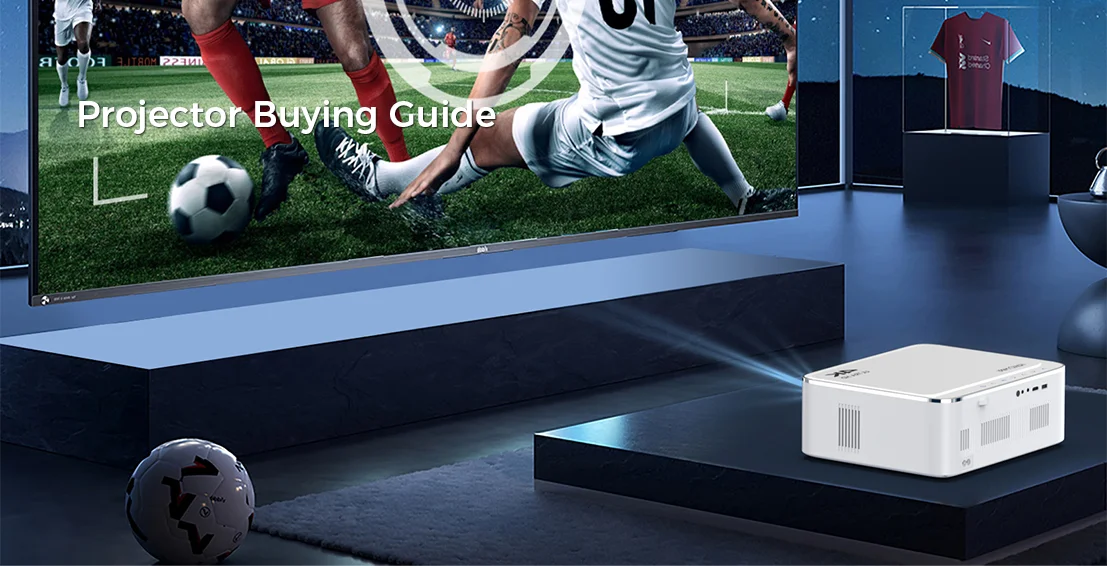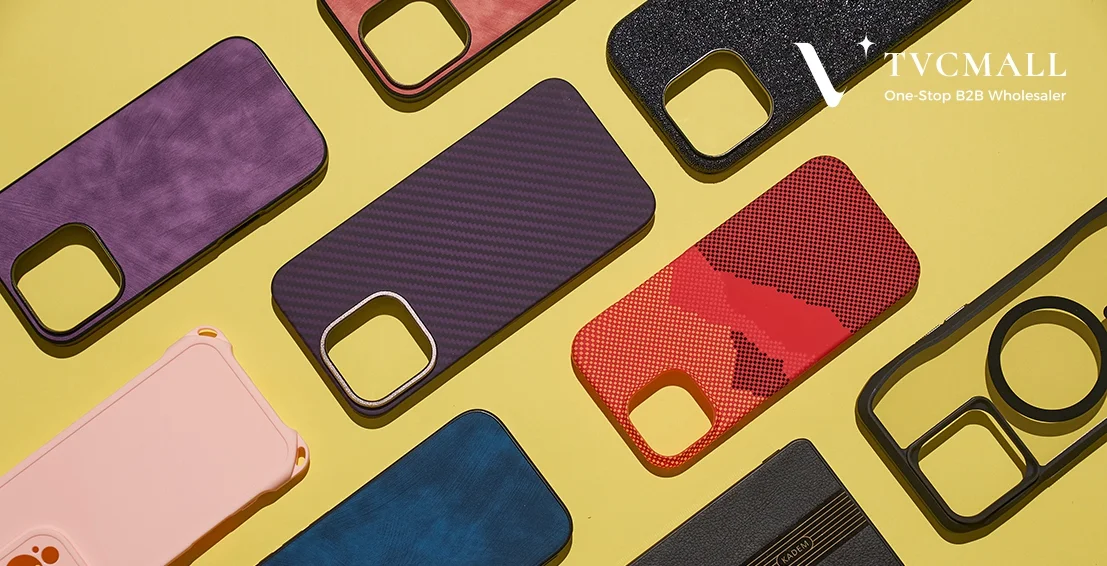Die richtige Projektorwahl: Ihr unverzichtbarer Leitfaden
Die richtige Projektorwahl: Ihr unverzichtbarer Leitfaden

In this digital age, projectors have expanded beyond corporate boardrooms, now staples in home theaters, classrooms, and even outdoor movie nights. With a plethora of choices available, how do you sift through them to find the right one? Let's journey through the projector's history, weigh up today's technologies, and discover what you must consider before purchasing.
The Evolution of Projectors
Starting with the "Magic Lantern," projectors have witnessed an intriguing metamorphosis. A significant shift occurred in 1989 when Epson and Sony introduced core liquid crystal panels, birthing the VPL-2000, the first-ever LCD projector. This evolution saw the onset of rapid industrial growth. 1996 marked the ascendancy of DLP technology, breaking LCD's dominance. Ever since, LCD and DLP have reigned, continuously evolving. The introduction of light sources like laser and LED signals the age of intelligent projectors.

Common Projection Technologies in the Market
- LCD (Liquid Crystal Display):
LCD comes in single-chip and 3LCD (three-chip) variants.
Single-chip LCD refers to using liquid crystal molecules with the photoelectric effect to change the transmittance or reflectivity of the liquid crystal unit to achieve the screen display. The single-chip projector is small, lightweight, easy to carry, and inexpensive. However, due to its low liquid crystal single-color open aperture rate, the mixing principle for spatial mixing, so the particles are more pronounced, has been eliminated, which is a relatively backward technology.
3LCD technology is the light emitted by the light source through the beam splitter mirror decomposition into R (red), G (green), and B (blue) three colors of light so that they are respectively through their respective liquid crystal panels, and then finally through the projector lens projection imaging. A 3LCD projector has a bright, natural, soft image and is currently the most widely used projection technology. 3LCD technology is represented by the brand EPSON.

Image Source: Globus Infocom
- DLP (Digital Light Processing):
DLP technology utilizes an array of micromirrors in an all-digital reflective projection system, often numbering in the thousands. It starts by processing image signals digitally and then projects the light. This innovative solution, employing optical semiconductors to generate a digitally-controlled multi-light-source display, achieves exceptionally high image fidelity, delivering clear, bright, and true-to-life colors. This technology's core lies in the Digital Micromirror Device (DMD) chip. This chip hosts millions of tiny mirrors that change their angles under the control of digital driving signals, allowing incident light to reach the DMD chip and reflect various shades between black and white, resulting in a full-color image display.
In certain large-scale projects and cinema installations, some DLP projectors use three DMD chips, each dedicated to displaying red, green, or blue, giving rise to the technology known as 3DLP.

Image Source: Globus Infocom
- LCOS (Liquid Crystal on Silicon)
LCOS technology commenced research in 1995, with JVC swiftly pioneering LCOS patent technology, known as D-ILA. They unveiled the world's inaugural LCOS projector at the 1999 INFOCOMM exhibition. LCOS, a variant of LCD technology, splits white light into its red, green, and blue components, directing them onto three independent chips to form images. Unlike LCD technology, where light passes through LCD units, LCOS employs a design where light reflects from a thin film behind the unit array, bouncing back through the units. This approach allows for the reflection of 60-70% of the light, effectively enhancing light utilization.
LCOS projection technology excels in high resolution, light efficiency, contrast, and vivid colors compared to the two dominant technologies. It holds market potential due to its non-monopolistic nature. However, being a relatively nascent technology, it faces high production costs and instability challenges.
In summary, 3DLP > DLP > LCOS > 3LCD > LCD.
3DLP and DLP lead in performance, while LCOS offers exceptional image quality. 3LCD and LCD remain budget-friendly options, making the choice dependent on your specific projection needs.
Selecting Your Ideal Projector
Choosing the right projector model and configuration is crucial and should align with your specific needs. When selecting, consider factors such as intended use, brightness, resolution, projection distance, and noise level.
- Brightness: Defined in lumens (lm), brightness signifies the light output of a projector. A higher brightness typically offers superior projection quality, especially in rooms with ample lighting. Consider projectors with at least 3000 lumens for optimal clarity and brightness for spaces with significant daylight or ambient light.
- Resolution: This parameter shows the number of pixels a projector can display. A higher resolution yields clearer images. Familiar resolutions encompass SVGA (800x600), XGA (1024x768), WXGA (1280x800), and 1080p (1920x1080). Your intended use and budget will guide the best resolution choice.
- Contrast Ratio: This measure distinguishes the gap between the darkest and brightest colors a projector can reproduce. A greater contrast ratio ensures livelier colors and more profound blacks, making such projectors a prime choice for cinematic or imagery displays.
- Aspect Ratio: This term describes the projected image's width-to-height ratio. Popular options include 4:3, 16:9, and 21:9. Your content and the intended viewing environment will influence the optimal ratio. For instance, 16:9 suits movie viewing, given its widescreen format. In contrast, 4:3 aligns with standard computer screens, making it apt for presentations. The 21:9 ratio offers an enveloping view, ideal for ultra-wide movies or gaming.
- Projection Distance: This refers to the gap between the projector and the screen. The projection distances vary by projector, generally spanning 1 to 10 meters. If space is limited, a short-throw projector might be preferable. Also, consider the projector's range of image sizes to ensure it fits your requirements.
- Special Features: Modern projectors often come with enhancements like automatic keystone correction, wireless connectivity, and 3D capability, which can elevate the viewing experience.
- Resolution (Extended Note): Resolution remains a pivotal factor. For everyday viewing, 1080p should suffice. But for HD film buffs or avid gamers, 2K or 4K projectors offer unparalleled crispness and detail.
By considering these parameters, you can make an informed decision that ensures you invest in a projector tailored to your preferences and requirements.
Top Projector Picks
HOTACK D025 Android 6.1 Projector:
This DLP projector boasts a 1.2:1 throw ratio, 40° automatic vertical digital keystone correction, and an Android 6.0.1 OS.
D029 Mini Touch Control Android Projector: Features automatic focusing, 200Ansi lumens brightness, and a Bluetooth 4.2 chip.
HOTACK D048A Screen-Mirroring Full HD Projector: This comes with a 1.35:1 short focal ratio and the Smart Android 7.1.2 OS.
In conclusion, finding the perfect projector entails understanding and aligning your requirements with the right technology. Make an informed decision for an unparalleled projection experience.
Kommentar hinterlassen
Ihre E-Mail-Adresse wird nicht veröffentlicht. Pflichtfelder sind mit * gekennzeichnet
Bleiben Sie auf dem Laufenden mit TVCMALL Großhandel
Abonnieren Sie kostenlos unseren Blog und erhalten Sie Expertenratschläge, Brancheneinblicke und Top-Großhandelsempfehlungen. Steigern Sie Ihre Verkäufe noch heute mit TVCMALL!



